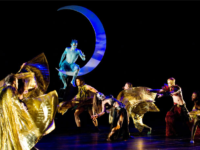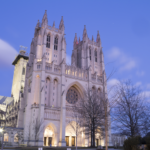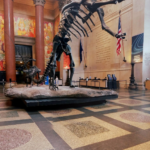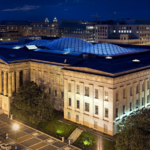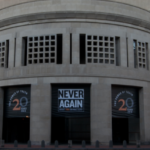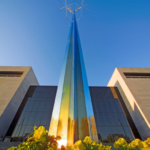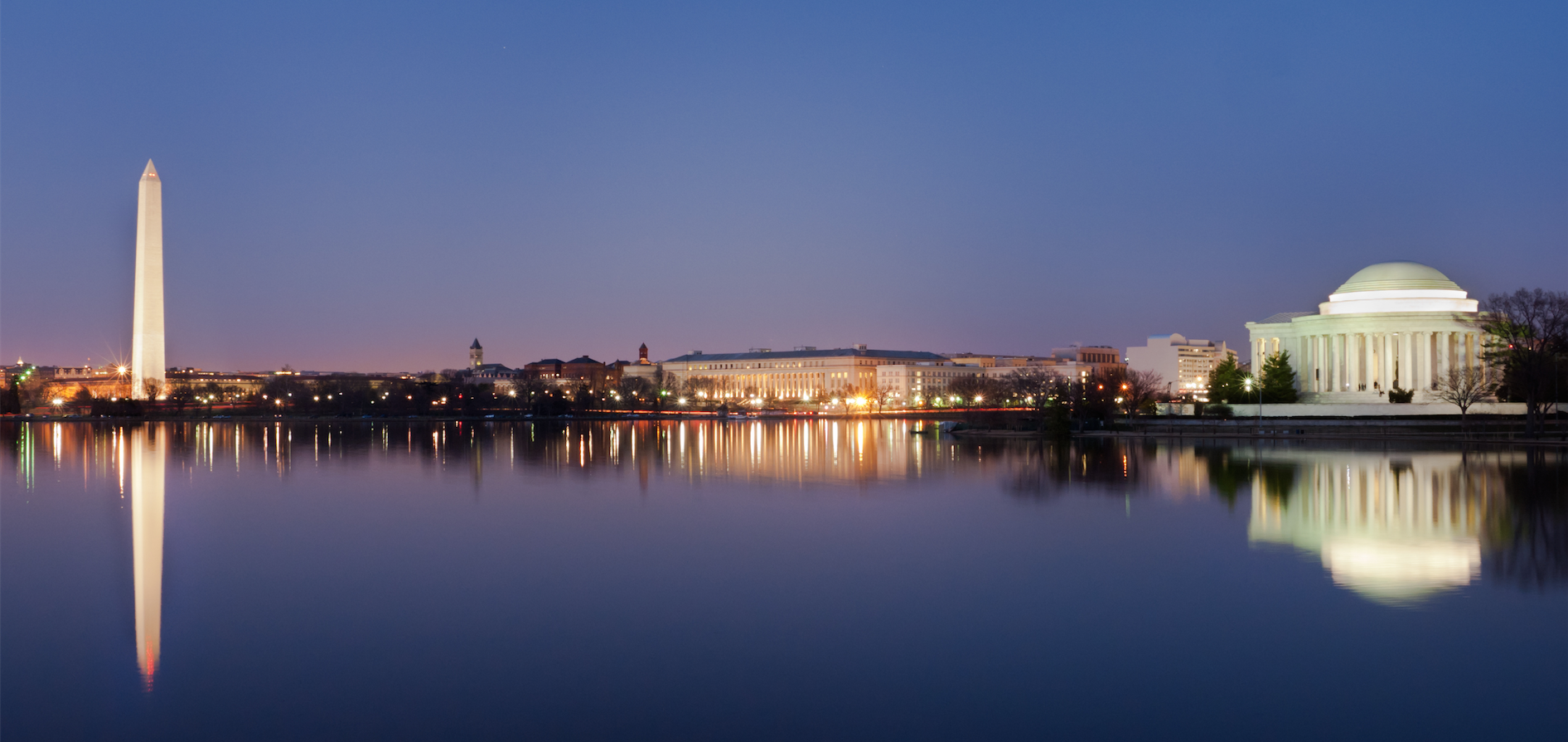

Museums
Washington National Cathedral
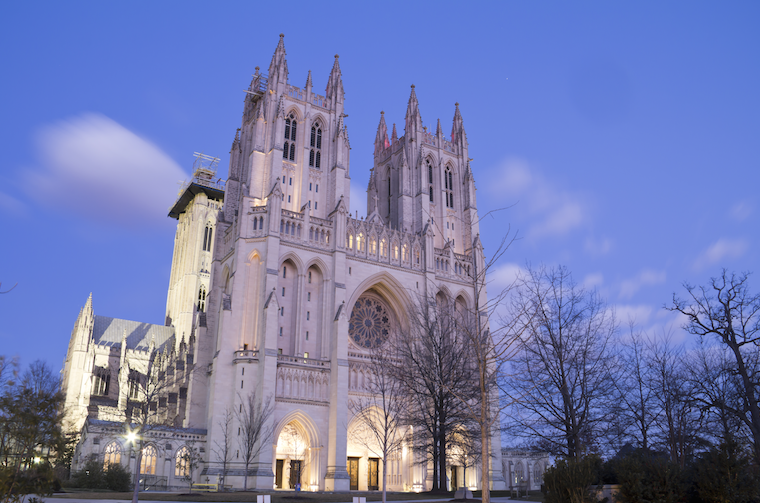
Washington National Cathedral is called to serve as the spiritual home for the nation. The Cathedral is a national treasure and an architectural feat, a place of stunning beauty built to inspire. Inside, artwork and exhibits tell the American story of faith. Outside, you can explore gardens and grounds shared with three outstanding schools—or peer with gargoyles from the city’s highest point. Read more
Smithsonian’s National Museum of Natural History
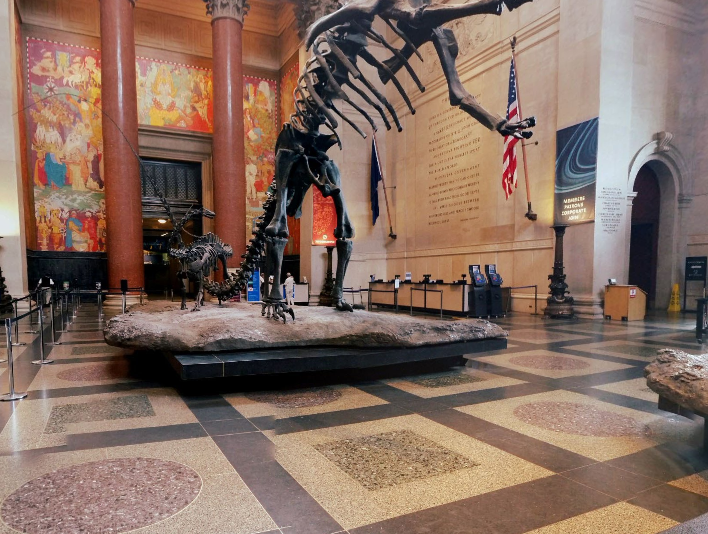
The National Museum of Natural History (NMNH) is part of the Smithsonian Institution, the world’s preeminent museum and research complex. The Museum is dedicated to inspiring curiosity, discovery, and learning about the natural world through its unparalleled research, collections, exhibitions, and education outreach programs. Opened in 1910, the green-domed museum on the National Mall was among the first Smithsonian building constructed exclusively to house the national collections and research facilities.
Smithsonian American Art Museum
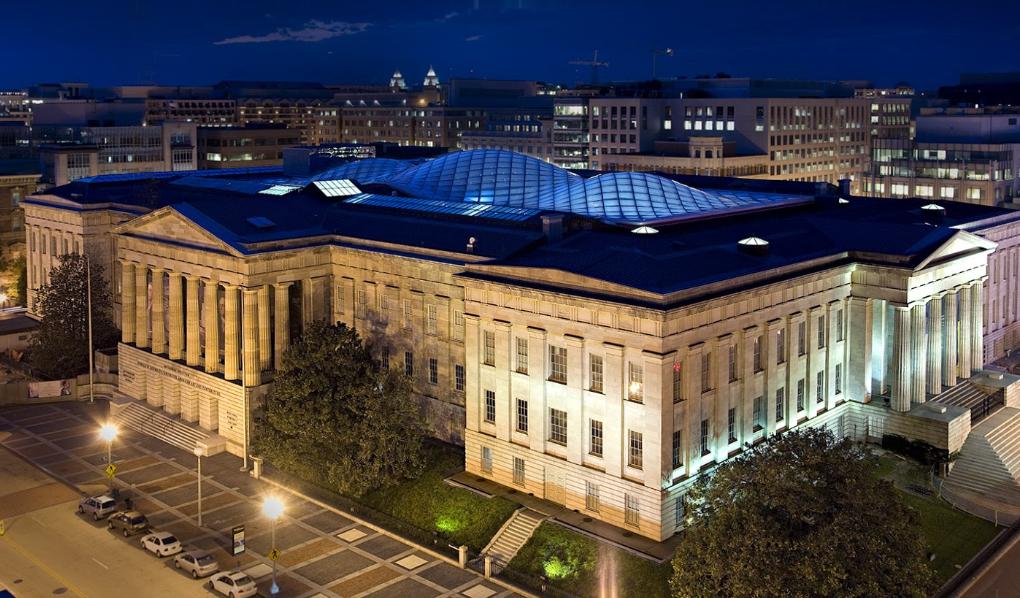
The Smithsonian American Art Museum, the nation’s first collection of American art, is an unparalleled record of the American experience. The collection captures the aspirations, character and imagination of the American people throughout three centuries. The museum is the home to one of the largest and most inclusive collectionsof American art in the world. Its artworks reveal key aspects of America’s rich artistic and cultural history from the colonial period to today. More than 7,000 artists are represented in the collection, including major masters, such as John Singleton Copley, Gilbert Stuart, Winslow Homer, John Singer Sargent, Childe Hassam, Mary Cassatt, Georgia O’Keeffe, Edward Hopper, Jacob Lawrence, Helen Frankenthaler, Christo, David Hockney, Jenny Holzer, Lee Friedlander, Roy Lichtenstein, Nam June Paik, Martin Puryear, and Robert Rauschenberg.
United States Holocaust Memorial Museum
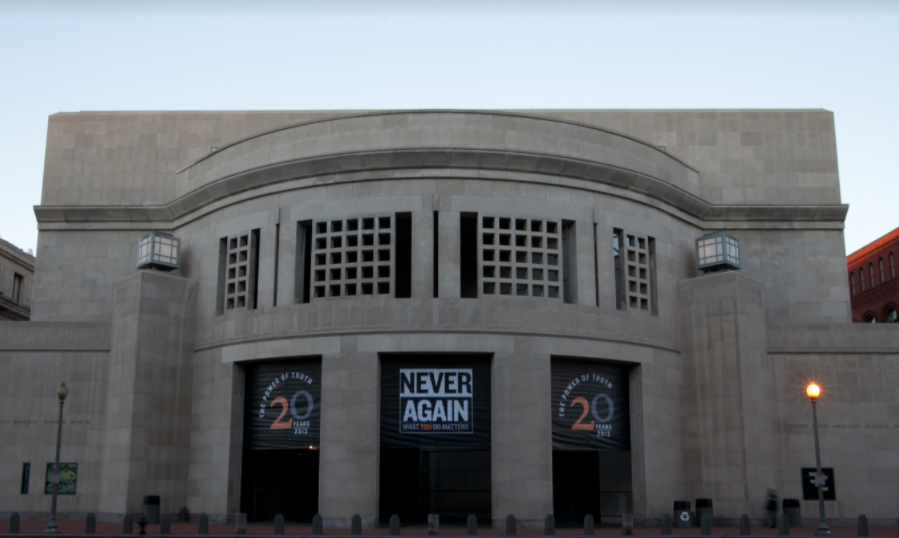
The Holocaust was the systematic, bureaucratic, state-sponsored persecution and murder of approximately six million Jews by the Nazi regime and its collaborators. “Holocaust” is a word of Greek origin meaning “sacrifice by fire.” The Nazis, who came to power in Germany in January 1933, believed that Germans were “racially superior” and that the Jews, deemed “inferior,” were an alien threat to the so-called German racial community.
Smithsonian Air and Space Museum
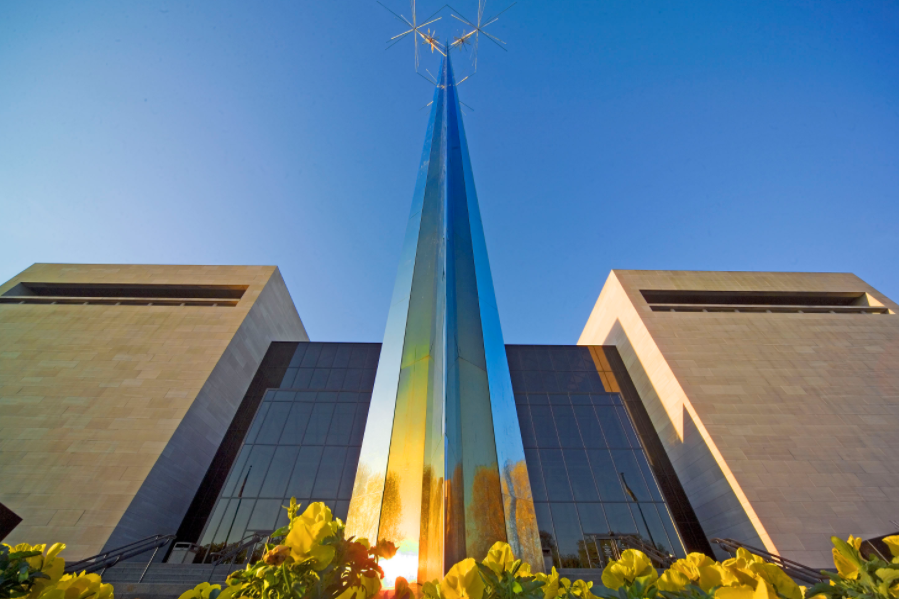
Smithsonian Institution’s National Air and Space Museum
The Smithsonian Institution’s National Air and Space Museum maintains the largest collection of historic air and spacecraft in the world. It is also a vital center for research into the history, science, and technology of aviation and space flight, as well as planetary science and terrestrial geology and geophysics.
The Museum has two display facilities. The National Mall building in Washington, D.C. has hundreds of artifacts on display including the original Wright 1903 Flyer, the Spirit of St. Louis, the Apollo 11 command module, and a lunar rock sample that visitors can touch. The Steven F. Udvar-Hazy Center displays many more artifacts including the Lockheed SR-71 Blackbird, Boeing B-29 SuperfortressEnola Gay and Space Shuttle Discovery. Read more
Corcoran Gallery of Art
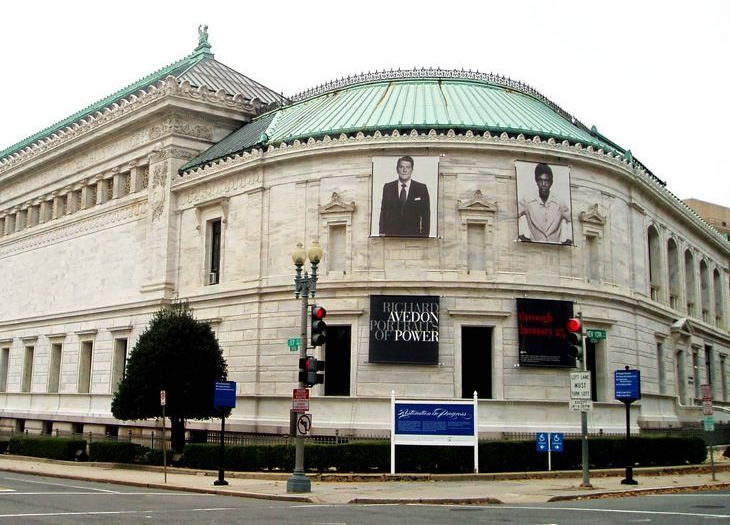
In the words of its founder, the Corcoran is “dedicated to art.” Its museum presents, interprets and preserves the art of our times and of times past; its college of art nurtures and helps shape new generations of artists and designers. Education is a central focus, not just in the Corcoran’s classrooms but in its galleries and throughout the greater Washington region. Though American art is the collection’s emphasis, the art of other nations and cultures is, when appropriate, acquired and exhibited.
The Corcoran is committed to making the historic art in its collections and the emerging art of our time accessible and understandable to the broadest possible audience through innovative exhibitions and educational programming, systematic research and rigorous scholarship. Its many activities emphasize the combined resources of its museum and college, and are directed toward diverse communities with widely differing educational and socio-economic backgrounds. Though proud of its important place in the international world of art history and scholarship, the Corcoran is ever mindful of its special obligation to serve the greater Washington region, especially its artists and its young people. See more
National Building Museum
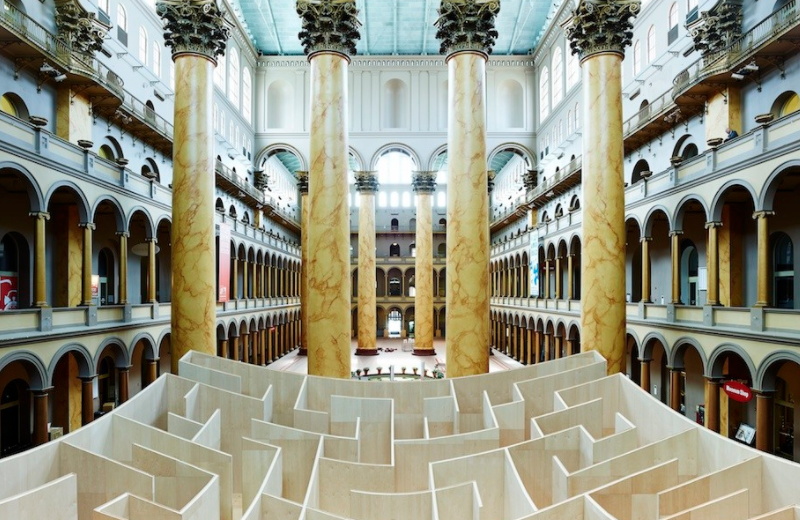
The National Building Museum is America’s leading cultural institution devoted to the history and impact of the built environment. We do this by telling the stories of architecture, engineering, and design. As one of the most family-friendly, awe-inspiring spots in Washington, D.C., we welcome visitors from around the world to our exhibitions, public programs, and festivals. Located just four blocks from the National Mall, the Museum occupies a magnificent building with a soaring Great Hall, colossal 75-foot-tall Corinthian columns, and a 1,200-foot terra cotta frieze. Read more
